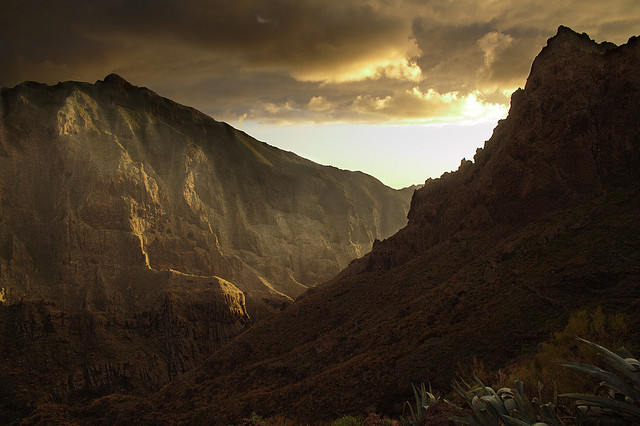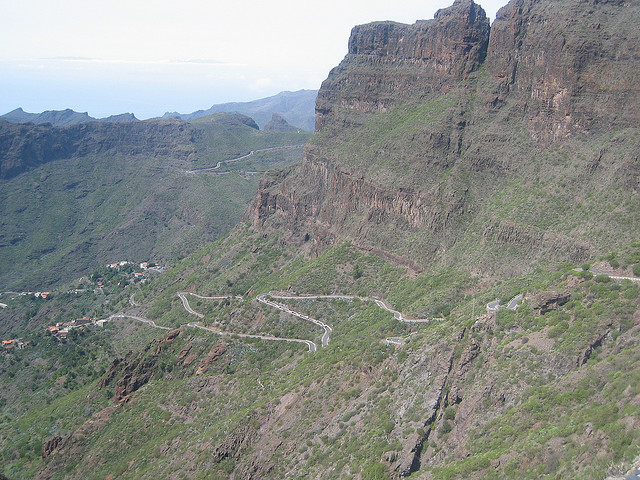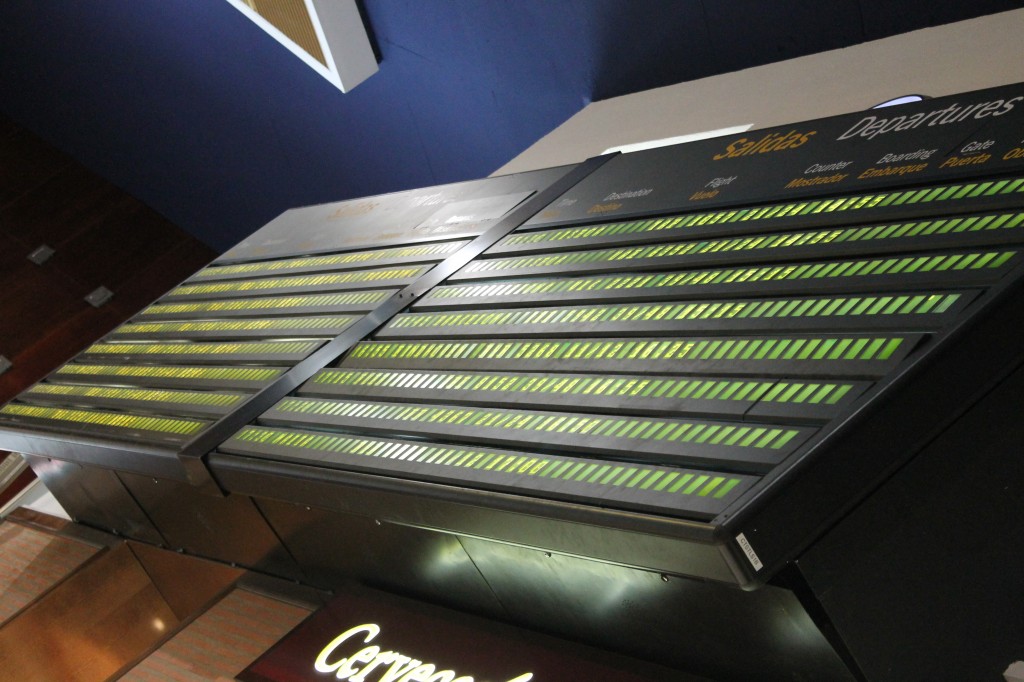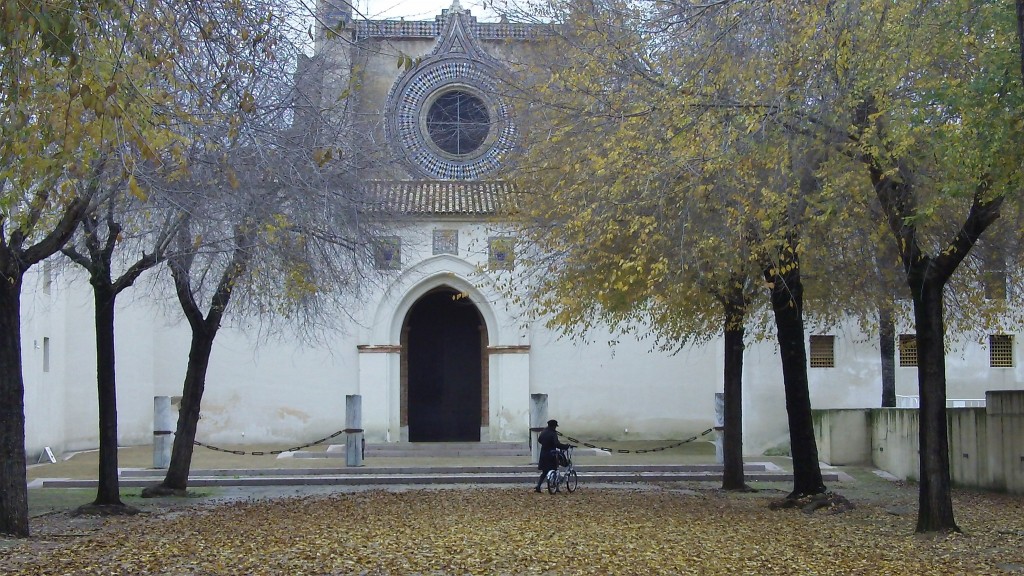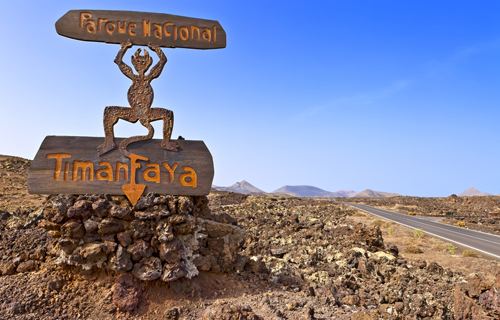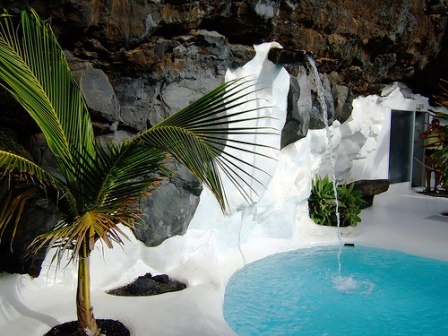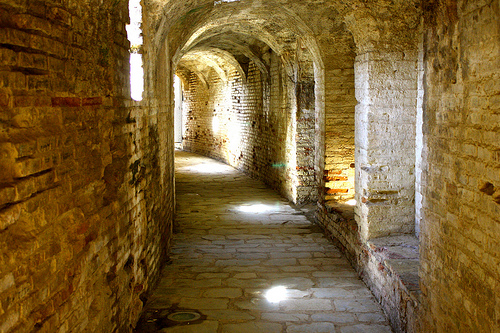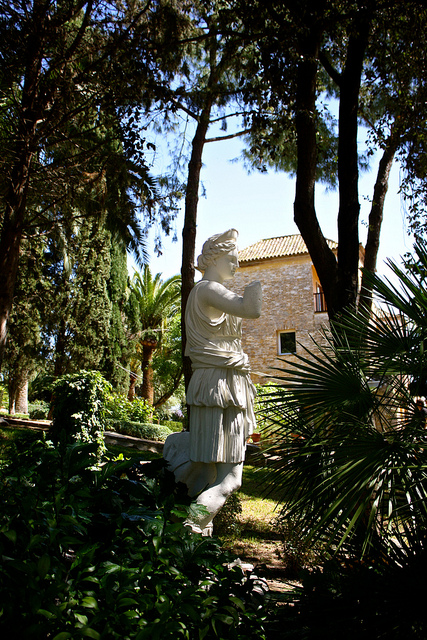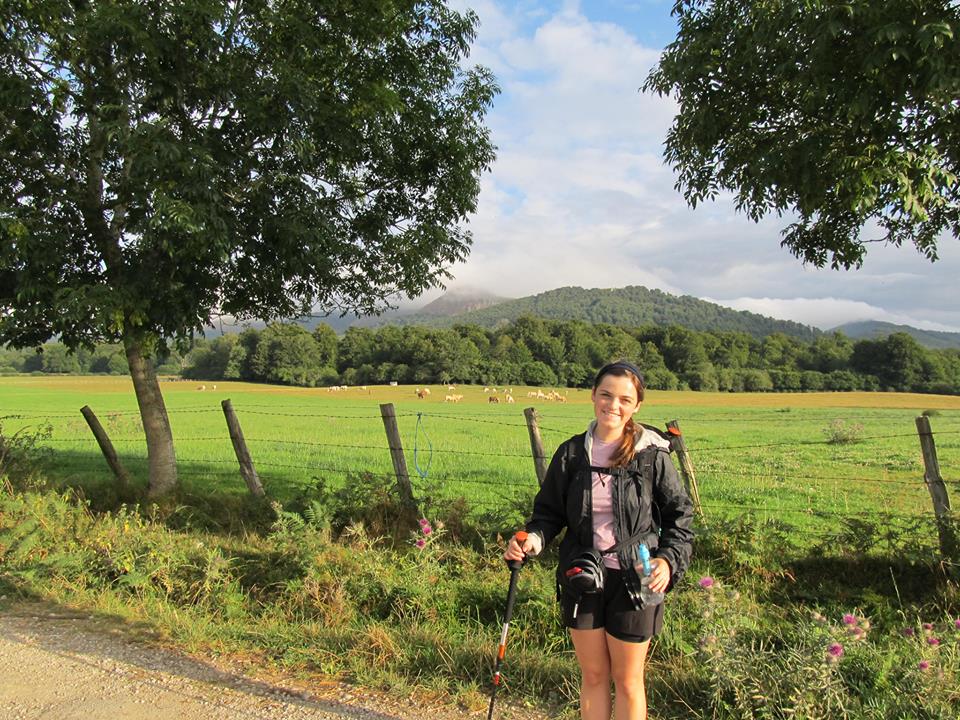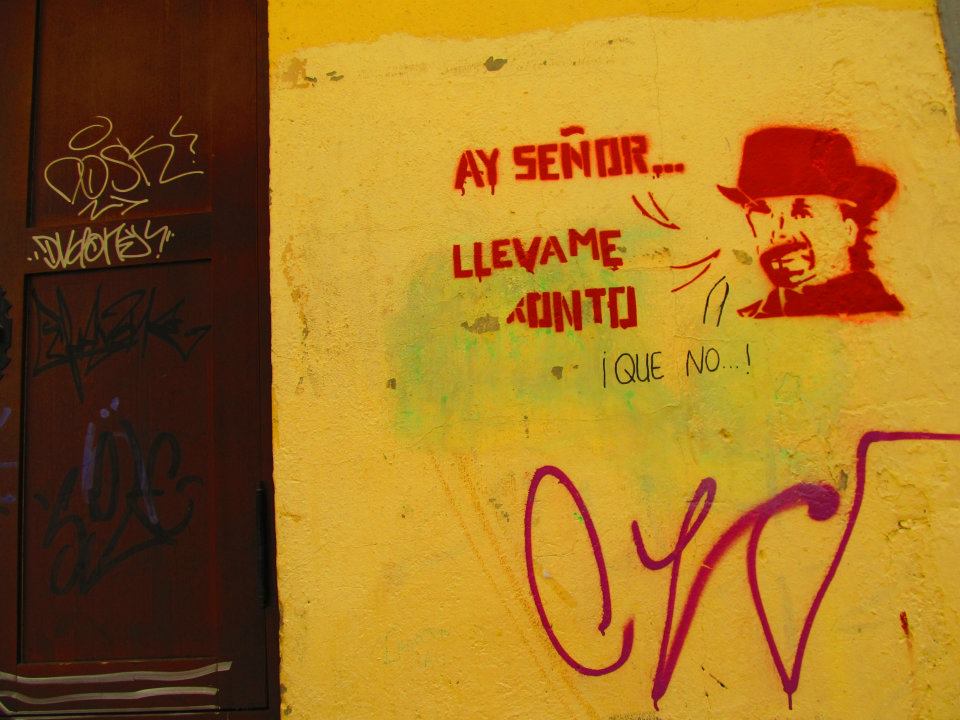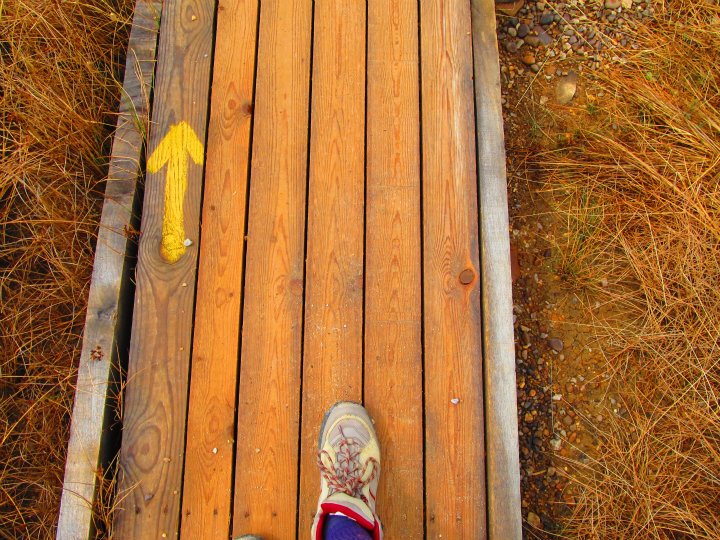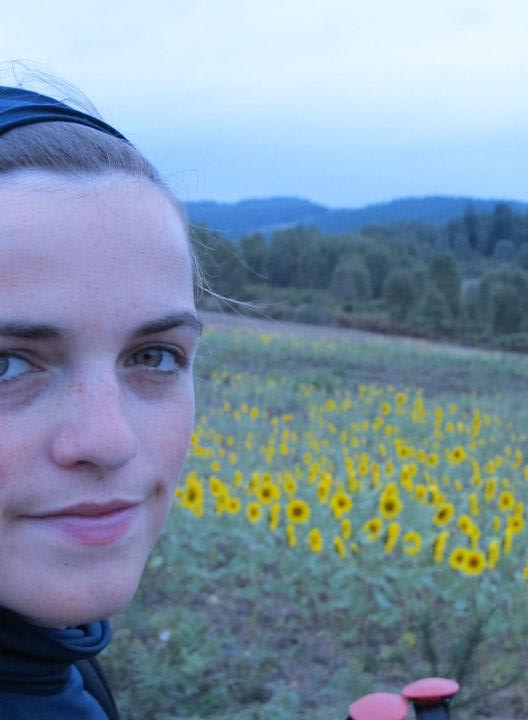Something inside me changed the day Hayley and I started on the Camino de Santiago – I starting to like walking! Ever since getting back, I’ve been scoping out places to take Pequeño Monty to strap on my boots and trek. Carly did the hard work for me – she found a cool hike in Tenerife. Julie, is your couch free one weekend so I can come stay?
For most people, Tenerife conjures up images of crowded beaches, bars overflowing with young holidaymakers looking for cheap drinks and a good time. However, there’s so much more to this wonderful island! Having found a cheap flight to Tenerife in 2013, I decided that this would be the year I would visit the island and discover some of these hidden gems. I decided I wanted to take a trekking holiday around the island, because I knew there was a whole ton of fantastic scenery just waiting for me to feast my eyes on. I only had a few days off work, so with a little bit of research, I came up with a plan to hike the Barranco de Masca. ‘Barranco’ means ravine, so this was essentially going to be a walk along a deep slice through a collection of overwhelming cliffs towards a rewarding beach bay at the end.
I started off in the remote village of Masca, which was essentially unreachable by car until the 1960s. Before that, visitors could only get there by a series of winding paths. The village itself is pretty tiny and surrounded by huge mountains on all sides. If you’re driving during your visit, then you can access the town by car, though the road is pretty treacherous. There’s a bus service that runs there from Los Gigantes though, which takes around 30 minutes.
From here you head out of the town to the well signposted route, then all you need to do is walk downhill – it’s pretty impossible to get lost here! You’ll pass over dry waterfalls as you head towards the coast. The sound of the rushing ocean was really exciting as I couldn’t wait to get into the water for a dip after sweating away in the barranco! Like most of the other people who were walking the trail, I decided to get the boat back to Los Gigantes as the walk back would have been twice as difficult as it was all uphill! The boats stop mid-afternoon, so make sure you plan in advance so you’re not forced to hike back.
The walk itself is gruelling, so if you’re inexperienced, prepare to be quite challenged. It took me around three hours, but it might take up to four hours if you want to be a little more leisurely. I had time for plenty of pictures though, so I wouldn’t say I rushed it. You should of course take your hiking boots with you – the road can be slippery at times and a fall could be pretty disastrous. Be aware that there is some light scrambling required, so if you aren’t comfortable with that, this walk may not be for you. Also be sure to pack enough water to sustain you. It’s a really hot walk, especially if you go early in the day, so take at least two litres. There isn’t really anywhere to buy food along the way either, so be sure to pack lunch and snacks to keep you going.
Carly Deevers is a woman who enjoys solo travel and the excitement this involves. She has travelled throughout Europe and Africa is next on her list.
Images by Andrea Baldassarri and pululante used under creative commons licence
Any ideas for other great hikes in Spain?
